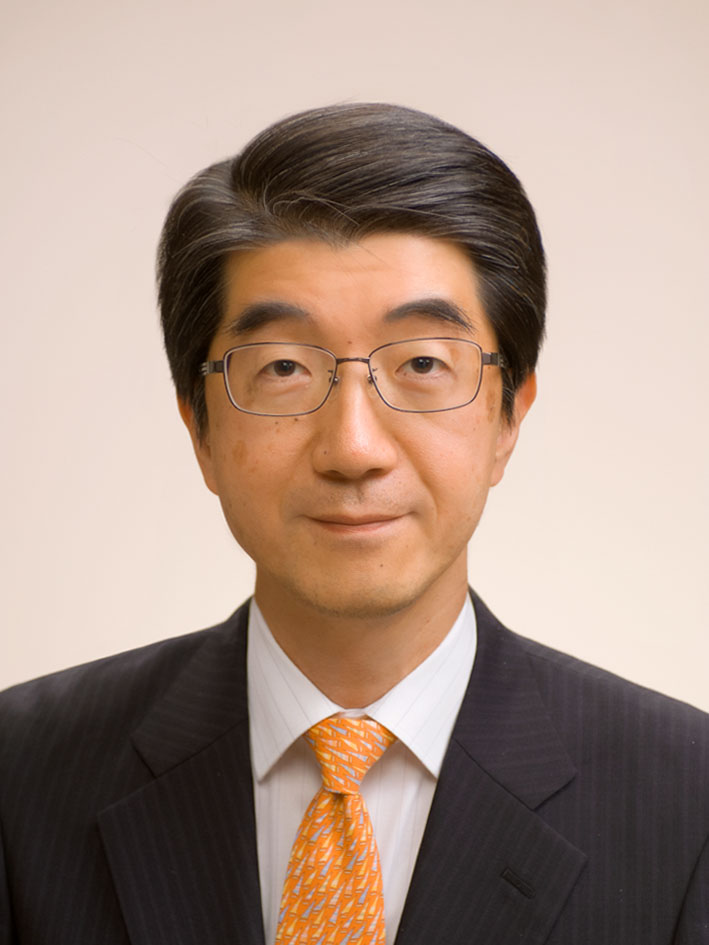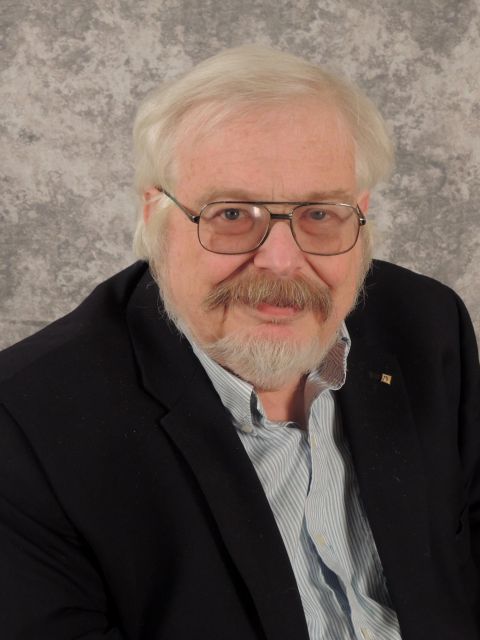Yokohama, JAPAN.
October 16 - 19, 2017

|
Technical Consultant (ITS) |

|
The Cross-ministerial Strategic Innovation Promotion Program (SIP) is a newly established program for achieving science, technology and innovation as a result of the Council for Science, Technology and Innovation exercising its headquarters function to accomplish its role in leading science, technology and innovation beyond the framework of government ministries and traditional disciplines from 2014.
The Council for Science, Technology and Innovation (CSTI) selects projects that answer critical social needs and offer competitive advantage to Japanese industry and the economy as the cross-ministerial initiatives. SIP promotes focused, end-to-end research and development, from basic research to practical application and commercialization, and utilize results in regulations, systems, special wards, government procurement, etc.
3 prioritized societal issues (Energy, Next-Generation Infrastructures, Local Resources) and 11 projects have been selected as follows,
< Energy >
Innovative combustion technology, Next-generation power electronics, Innovative structural materials, Energy carrier, Next-generation ocean resources development technologies
< Next-Generation Infrastructures >
Automated driving system, Technologies for maintenance/upgrading/ management of infrastructures, Reinforcement of resilient function for preventing and mitigating disasters, Cyber-Security for Critical Infrastructure
< Local Resources>
Technologies for creating next-generation agriculture, forestry and fisheries, Innovative design/manufacturing technologies
Intellectual property management system facilitating strategic corporate use of research results is used. PDs (Program Directors) have been selected by invitation from among top-class leaders in industry and academy. Program Directors break through ministerial silos, managing programs from a cross-ministerial perspective.
"Automated Driving System" is one of the SIP activities. PD is Seigo KUZUMAKI, Toyota Motor Company. 3 Sub-PDs are supporting him, Tateo ARIMOTO / Japan Science and Technology Agency, Masao FUKUSHIMA / Nissan Motor Co., Ltd, Yoichi SUGIMOTO / Honda Motor Co., Ltd. SIP-Automated Driving System (SIP-AD) is acting under the slogan of "In Pursuit of a Transport Society That Brings Everyone a Smile" undertaking activities with the goal of reducing traffic congestion, reducing traffic accident fatalities, and realizing, popularizing and deploying the automated driving system, as a result of utilizing automated driving technologies.
Research & Development plans of SIP-AD are as follows,
Dynamic map, Human factors, Cyber security, Next generation transportation, Pedestrian traffic safety using Vehicle to Pedestrian communication, V2X for AD cars such as Machine to Machine / Infrastructure communication, Low speed automated mini-buses, so on. These activities are reported to and checked by "Promoting Committee and Working Group" by the industry experts, government and academia members.
In this key note speech, the over-view of SIP-AD project is introduced.
|
Senior Chief Engineer |

|
Aiming at the collision-free society with the joy and freedom of mobility, Honda has been proactively working on research and developments of intelligent vehicle technologies. As one of its achievements, the World's 1st car navigation system was introduced in 1981, which localizes a subject vehicle's position using dead reckoning with a high precision gas-rate gyro and shows it to a driver with a map on a CRT. It was evolved to one combined also with GNSS and a digital map later, which is the basis of modern car navigation systems. Further, it was connected to servers, uploading floating car data, and made it possible to provide precise real-time traffic information. This map and localization technology has become one of the essential technologies for ITS and Automated Driving.
In parallel, Honda has been also developing ADAS (Advanced Driver Assistance System) technologies with environmental sensors such as radars and cameras, and introduced the World's 1st AEB (Automatic Emergency Braking) in 1983, which is also one of the essential technologies for Automated Driving.
This presentation reviews the history of the technologies for navigation and ADAS, which Honda has been working on, and introduces prospects on Connected and Automated Driving in the future.
|
The Ohio State University |

|
Smart City related initiatives have been gaining popularity around the world. These all provide a showcase for technologists to test their ideas and developments related to ITS (Intelligent Transportation Systems) and IV (Intelligent Vehicles) and understand both the practical deployment issues and the acceptance by the public.
One such testbed/deployment program (possibly one of the largest) is in Columbus, Ohio, USA, where the city has won a large ($50M) grant from the US DoT, almost tripled by cost sharing. An aspect of this project has been understanding the maturity and deployability of numerous technologies and use cases that we all hear about. What is ready to run (not for a couple of demo days, but continuously)? And what is still in a development/proof of concept stage?
After a brief look at the subprojects considered for Columbus deployment, I will try to address the question of "what is a direct application of general ITS/IV R&D?" and "what is special about the Smart City that can orient our IV research?"
Smart Cities can collect and distribute extensive data helping mobility and safety. We can specifically think of use cases in automated parking, in complex intersections and specialized transportation. One aspect that is important in cities is the dense population of pedestrians, and their interaction with automated vehicles. I shall outline our work at the Ohio State University, both in developing small platforms for providing mobility to the impaired, and also the safe motion of such platforms in dense pedestrian environments.